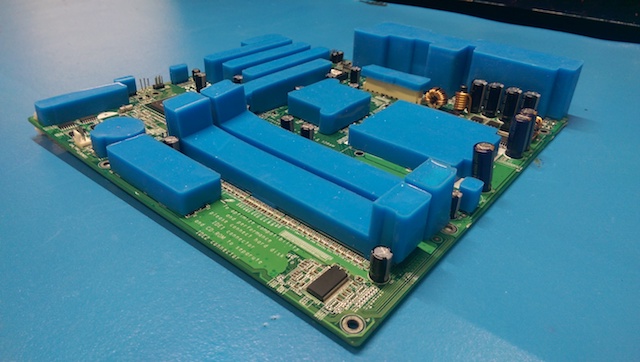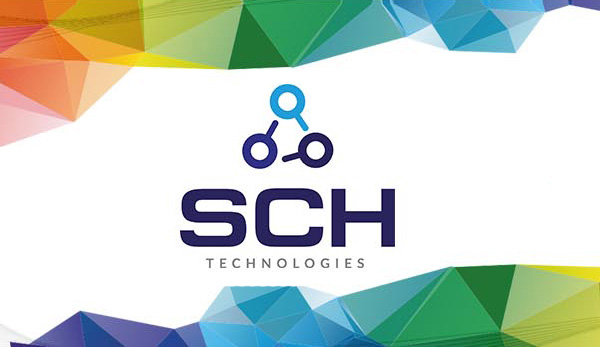NEW! Sch Exhibit Their Custom Conformal Coating Masking Boots at SMT Nuremberg Show in Germany in May

The use of other materials such as masking tapes, dots and liquid latex can be an effective process in protecting components from ingress of conformal coating.
However, the masking can be labour intensive, difficult and time consuming.
Recyclable masking boots offer a labour saving alternative in both the masking and de-masking stages of the coating process.
This saves you time and money.
Improve your conformal coating masking process reliability with custom boots
Author: Dr. Lee Hitchens
One of the most underestimated reasons for using conformal coating masking boots is that they improve the reliability of the process.
This is because they don’t leak as easily as conformal coating masking tape can!
The reality is that a well-designed boot will not allow conformal coating to penetrate into a component if it’s placed correctly; and the fact is that this is a very easy thing to do.
How thick should I apply my conformal coating?
Author: Dr. Lee Hitchens
So, here is a question I am regularly asked. How thick should the conformal coating be on the circuit board?
Well, the simple answer is thick enough so the conformal coating works and protects the circuit board.
But not too thick as this can cause problems for the circuit board in the long term.
A superior coating solution for LEDs using a novel new process
Author: Dr Lee Hitchens
Why protecting LEDs with a coating is a challenge
 Protecting LEDs with a protective coating is big business. The volume of manufactured LEDs globally is growing at an exponential rate and there is no end in sight.
Protecting LEDs with a protective coating is big business. The volume of manufactured LEDs globally is growing at an exponential rate and there is no end in sight.
However, the challenges to protect the LEDs themselves with the right coating are not insignificant especially in an outdoor environment.
Although there are many issues in protecting LEDS there are two key problems that really must be considered when selecting a coating.
Why cleaning “no clean” flux residues from a circuit board assembly can be difficult and how to get it right
Author: Dr Lee Hitchens
So why is no clean flux so difficult to clean?
Cleaning no clean flux residues is one of the most complex processes when considering cleaning.
No clean fluxes are by definition harder to clean than conventional rosin or modified resin based residues. After all, the flux residues left on a printed circuit board assembly are supposed to be permanent. It was designed to be a no clean process.
Why is adhesion important for conformal coatings?

The durability and performance of conformal coatings can depend on two basic properties. These are the cohesion and the adhesion of the coating.
Cohesion is the inner strength of a material and is associated with the strength of the molecular forces within the bulk material. Adhesion is the strength of the bonds forming between the conformal coating and another surface.
Cohesive failure is usually in the coating film itself although it also could be within the substrate.
Adhesive failure can be a blister forming at the interface, lifting (delamination) of the conformal coating, or any other situation that results from low adhesion at the interface.
Both cohesion and adhesion are required for a long-lasting, protective conformal coating. Failures related to adhesion will determine the life of the coating on the product.
How can plasma treatment help my conformal coating process?

Cleaning and coating circuit boards for long-term protection has taken place for many years.
The reasons for doing this have always remained the same:
- Improve the surface cleanliness of the circuit to protect against corrosion and the effects of contamination on the surface from the process.
- Add the conformal coating to protect the surface cleanliness and ensure it continues in the long term.
- Change the characteristics of the surface of the circuit board.
- Improve the surface energy of the surface to improve the adhesion of conformal coating.
Traditionally, cleaning and adhesion promotion has been achieved by either using a wet chemistry treatment like washing or applying extra undercoats (priming).
Now, there are new methods and techniques appearing on the market for improving cleaning, adhesion and actually coating circuit boards differently to the traditional methods.
One of these techniques is plasma treatment.

